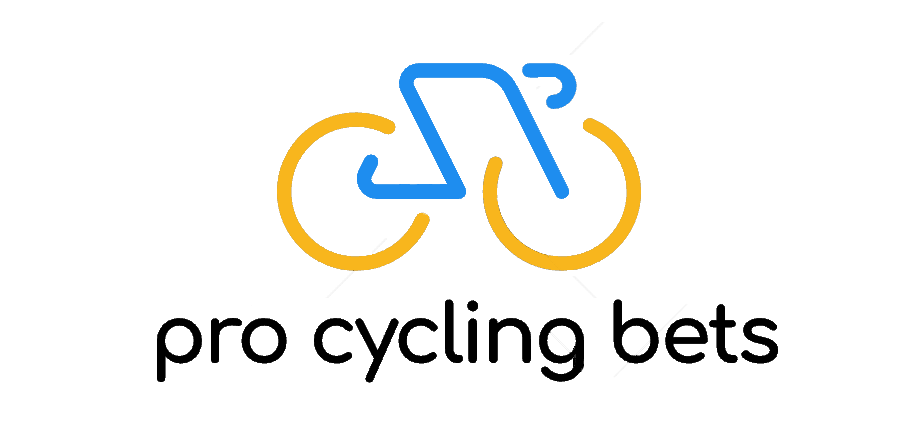What is road furniture in cycling?

Road furniture refers to any and all traffic flow impediments to riders. From the classic European roundabout to speed bumps on the roads. Depending on the type of course these may play heavily into the result of a race. Take for example, if the race is being run on a circuit through the city. The riders will be coming to grips with the road furniture as many times as they proceed through the circuit. Oft times it’s quicker to go one way around a roundabout or turn than the opposite way and you’ll have teams fighting for position to be on the “quicker” side of the turn. Riders may also not see furniture coming like bollards, or as cycling generally takes up both sides of the roads, lane separators. This can prove extremely hazardous and is the cause of many crashes. Riders in the peloton will attempt to warn riders behind them by raising a hand in the ear and jerking to either the left or right depending on which side they should be going, but it doesn’t always have the intended effect.
Crashes
Many blamed road furniture for the extent of the injuries at the 2016 Olympic circuit, which had many riders crashing out such as Annemiek van Vluetan and Vincenzo Nibali. High curbs on the side of the road on that course indeed seemed to have caused issues for riders who has crashed.
The UCI stipulates that you can’t have certain road furniture in the final few kilometres because of the increased risk of crashes. And while at major events like the grand tours, the host cities will bulldoze or adapt the furniture to meet the specifications, at the smaller races that is often not the case. Enforcement is almost non-existent and this is why races such as the 2022 finish of Vuelta Burgos happened. What was the issue? There were multiple speed bumps close to the finish line, causing one rider to completely dismantle from his bike, causing a huge pile up behind him.
Inconsistency
The road furniture used in spring classics also seems to change every year, which benefits some riders who have good bike handling from, say, cyclocross. For example, sometimes Paris Roubaix has panels set up to force riders to ride the cobbles, while other years they do not. There’s a lack of consistency which is good and bad. Good in the sense that it opens up different opportunities for riders to excel based on their bike handling skills. Bad because the lack of consistency increases the risk involved in racing. Once riders are confident in the furniture and where it exists, they’ll generally be better able to avoid it. It’s one of the reasons why circuits are being touted as the best way to bike race in the future.
Impact on the race
How many obstacles do riders have to avoid? Over the 3,481 kilometres of the 2019 Tour de France, there were 3,576 road furniture features the riders need to negotiate: 404 roundabouts, 308 narrowing sections, 28 tight turns, 599 median strips, 334 speed bumps, and 39 level crossings.
Each one of these impediments represents an opportunity for a split or crash in the peloton. Once a split forms, the riders will have to work hard to catch back up to the group that took the easier route. Since bike racing is a marathon and not a sprint (generally), each and every surge of power matters.
How influential are these impediments to the race result? Pinot, Porte, Fuglsang and others didn’t choose to go left when they could have gone right during the finale of a stage of the 2019 Tour de France. The flow of the peloton dictated their position. By the time they exited the roundabout, many of those riders had dropped from the top 20 to around 60th place in the bunch. This is why teams will strive so hard to stay at the front. Being at the front allows them the opportunity to make the decision about how to proceed around road furniture compared to the peloton deciding for them.
One could argue that Velo Viewer is making all the road furniture easier to spot by allowing the teams to mark out specific points of interest on the map and have it synced to the rider’s Garmin. But given the sheer magnitude of furniture on a course, one impediment every kilometre, teams are not going to mark every single one out. If they did the rider’s head unit would be constantly beeping at them.
Country Specific Furniture
In Belgium and Flanders they have what is colloquially known as the “ridge of death” or “death ridge” on their roads. This is a thin center strip that connects the two road halves into one. Given the construction of the roads, which are two giants slabs of concrete, one for each lane of traffic, there’s a gap between the two where they just don’t quite overlap.
This gap is often filled in (or sometimes not filled in) with a different material than the concrete. When riders’ wheels touch this different material, or fall into a section that’s not correctly filled, it sends their bike off course. You’ll see riders always trying to ride on either one side or the other to avoid the dreaded gap.
